The Future of Lawns
In the late 1800s, America fell in love with the lawn. A lush green yard symbolized prosperity, ownership, and conformity. However, we are now beginning to see lawns for what they truly are: ecologically dead, wasteful, and dull.
According to Popular Science, Americans spend about $76 billion yearly on their yards. The Washington Post reports, "the biggest irrigated crop, by area, in the United States is not corn or soybeans, but lawn. Unproductive, ornamental lawn: around 40 million acres of it, or 2 percent of the land area of the Lower 48, according to multiple estimates cited by Garik Gutman, program manager for NASA's Land-Cover/Land-Use Change Program." Furthermore, the Environmental Protection Agency states that we use 9 billion gallons of water daily on our landscaping.
In Colorado, the future of lawns is not artificial turf. While it may seem like a cost-effective and low-maintenance alternative, it has numerous environmental concerns, including a high cost, short lifespan, and maintenance requirements. Additionally, it can get extremely hot in the summer and retain pet odors, and critters, trees, and plants can compromise the integrity of the turf by burrowing under it.
Instead, consider planting colorful wildflowers and native grasses in your yard. They are more cost-effective and provide a lively and exciting landscape that welcomes birds, butterflies, moths, and bees. By embracing xeriscaping, we can reduce water consumption, improve the environment, and create a more beautiful and sustainable outdoor space.


